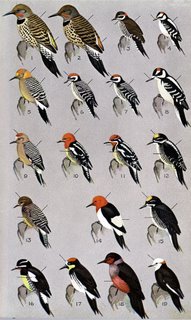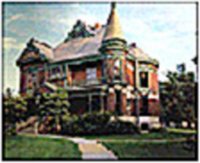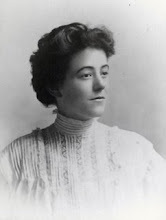
Bird sightings reported to hotlines, cooperative extensions and nature centers tend to be exotics. The friendly birds who habituate my feeders might resent this just a tad, because they are faithful and reliable, just so long as the feeders aren’t overlooked too often. A lapse or two in dispensing our special house blend is forgiven pretty quickly. Cats minding the store are another matter altogether. Even friends have limits.
This week – maybe I should start these columns, “It’s been a slow week in …”. All the men are definitely not good-looking, however. Nix that idea. But this week, the snowy owls still are around the southern lower peninsula, Ross’ geese appear here and there on Lake Michigan, there’s a varied thrush in a very improbable spot in Muskegon County, and this week’s feature bird is the Black-backed woodpecker, a/k/a the artic three-toed woodpecker, here from the northwestern US or Canada.
I’m assuming it’s a male present in Dickinson County, which is in the UP, site of Iron Mountain and many mining towns of the late 19th Century. The black-backed woodpecker – I guess that’s his official name now – is a resident of evergreens in the high mountains of Canada and west in the US to Montana and Wyoming. Iron Mountain is a piddly hill compared to the Sierras, but when one is w-a-y off base, so to speak, one must compensate like mad.
 Black-backed woodpecker, male
Black-backed woodpecker, maleDickinson County, Michigan was a minor “fever” spot in the late 1870s when iron ore was discovered. One of the town patricians of Niles, Michigan, where my father grew up, was Henry Austin Chapin, a dry goods store proprietor until his 40 acres in Dickinson County yielded a lot of lucrative mineral deposits. (“Then one day he was shootin’ at some food, And up through the ground came a bubblin’ crude.”)
The family had built a mansion which was near where my father’s family resided, though not nearly so splendidly. In 1933, the depth of the Great Depression, the Chapin family sold the house to the city of Niles for $300. at auction. Today it houses City Hall.


No comments:
Post a Comment